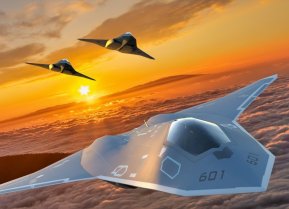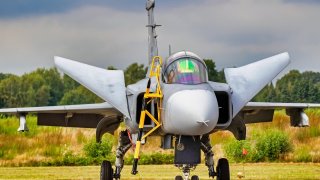Forget JAS 39: Sweden Might Build Its Own 6th Generation Fighter
Is Saab moving to produce a next-generation fighter jet? Saab CEO Micael Johansson is pressing Sweden to put money towards a new fighter, albeit, with the understanding that a new fighter would still be many years away.
Is Saab moving to produce a next-generation fighter jet? Saab CEO Micael Johansson is pressing Sweden to put money towards a new fighter, albeit, with the understanding that a new fighter would still be many years away.
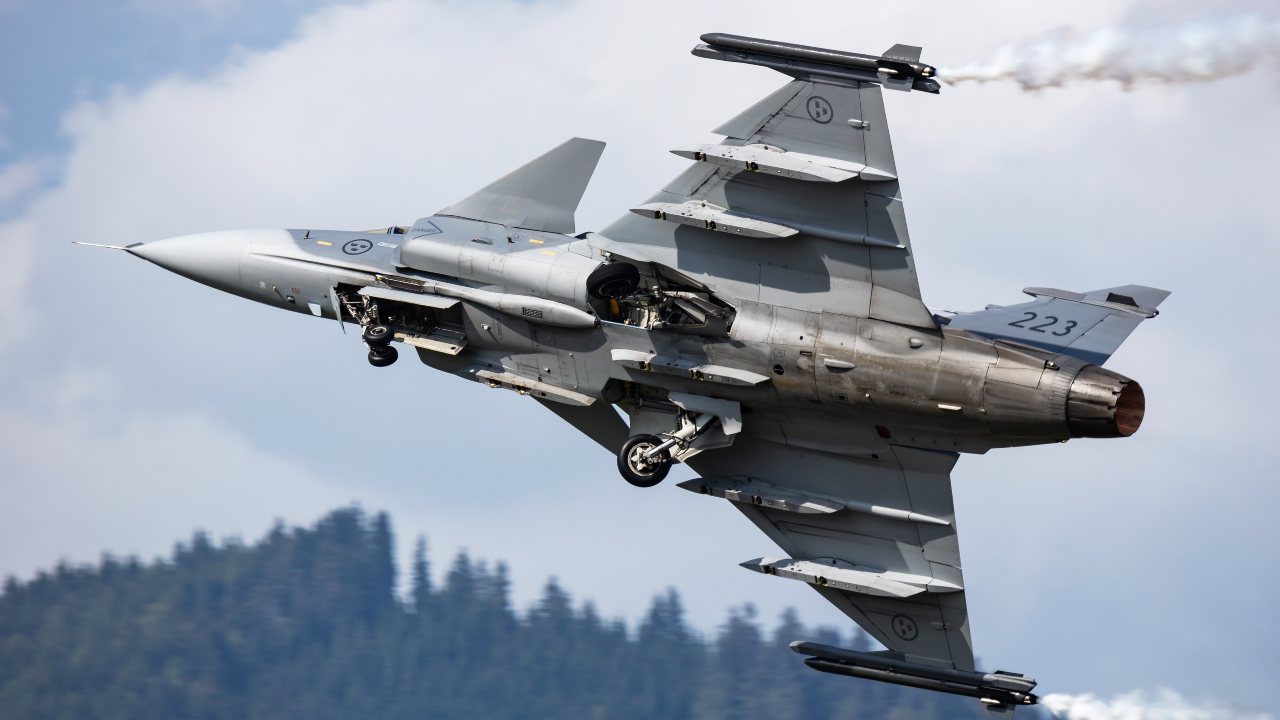
Sweden is not in a rush to roll out next-generation fighter
According to Johansson, who gave an interview with Breaking Defense, Sweden’s defense agency should commit additional funding toward a new and “comprehensive” next-generation fighter jet study that would allow Saab to experiment with technologies that could prove a viable successor to the company’s most capable existing jet, the Gripen. Johansson’s comments come three months after Swedish authorities told media at the Paris Air Show that “fact finding” toward a new fighter jet and associated technologies would be a priority in the future.
Johansson said he hopes Sweden “will now move forward with a more comprehensive study and put more money into it so we can test and simulate things.”
Johansson understands there will be no rush toward rolling out the next Saab fighter; the Gripen is expected to remain in service until around 2060. Johansson even acknowledged that it is “too early” for Saab to move forward developing a next-generation fighter.
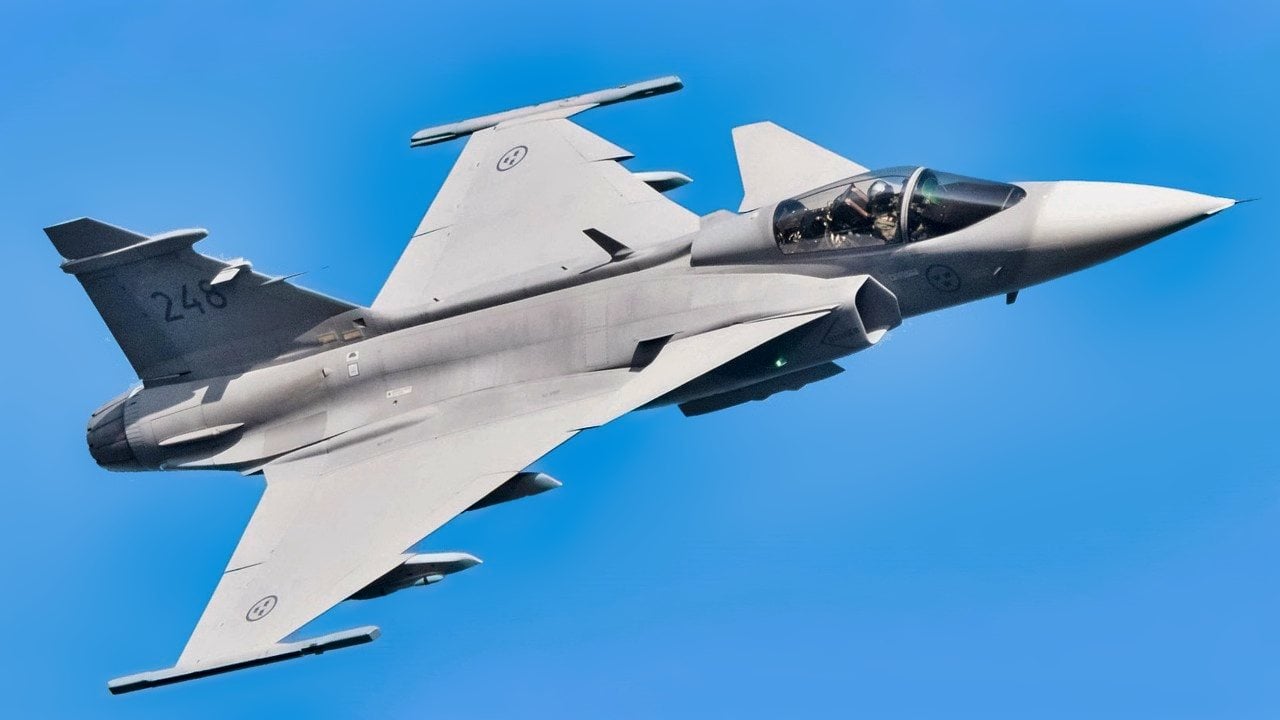
“We are one of the few countries in the Western world that have the capability of doing these things, so of course, we want to be a player in the future as an OEM, including at a system of systems integration level,” Johansson said.
At the moment, Sweden appears to be on the outside looking in on next-generation fighter development. The French, Germans, and Spanish are all collaborating on the Future Combat Air System (FCAS), while the Italians, Japanese, and British are all collaborating on the Global Combat Air Program. Meanwhile, the Americans are working independently to develop the Next Generation Air Dominance (NGAD) system. All hope to be the first to unveil a sixth-generation fighter. Sweden does not appear to have similar ambitions, citing no “immediate need” to generate a homegrown sixth-generation fighter.
Saab CEO calls for clarity
Johansson also said that he wants NATO to outline “clear objectives” with respect to increasing weapon systems production capacity—especially given contemporary needs, as nations rush to rearm themselves, and to arm Ukraine.
Johansson expressed frustration with production and supply chain issues.
“There are occasions where if you ask for a quote from a supplier today, you won’t get a proper lead time, and the quote is not valid for more than a month. You’ll then get a new quote and lead time,” Johansson said. “It is really sort of unstable in a way, when planning your actions.”
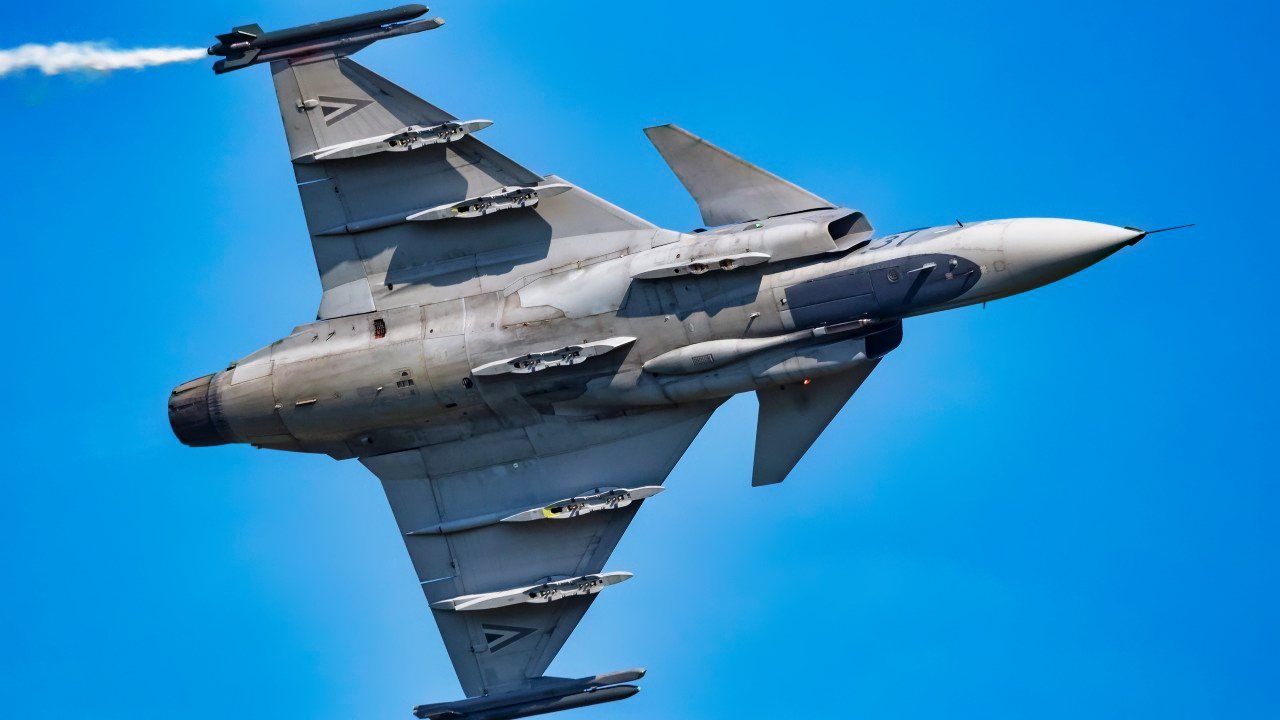
Senior NATO official Admiral Sir Keith Blount confirmed some of Johansson’s concerns, stating that “it’s recognition that NATO can change and be better at working with industry partners. It’s about leveraging economies of scale by considering a business partner [one] of the alliance rather than an individual nation.”
Saab, for its part, has made investments in the hope of quadrupling production—despite Gripen sales that have suffered since the introduction of the F-35 Joint Strike Fighter.
About the Author: Harrison Kass
Harrison Kass is a defense and national security writer with over 1,000 total pieces on issues involving global affairs. An attorney, pilot, guitarist, and minor pro hockey player, Harrison joined the US Air Force as a Pilot Trainee but was medically discharged. Harrison holds a BA from Lake Forest College, a JD from the University of Oregon, and an MA from New York University. Harrison listens to Dokken.
Image Credit: Shuterstock.
